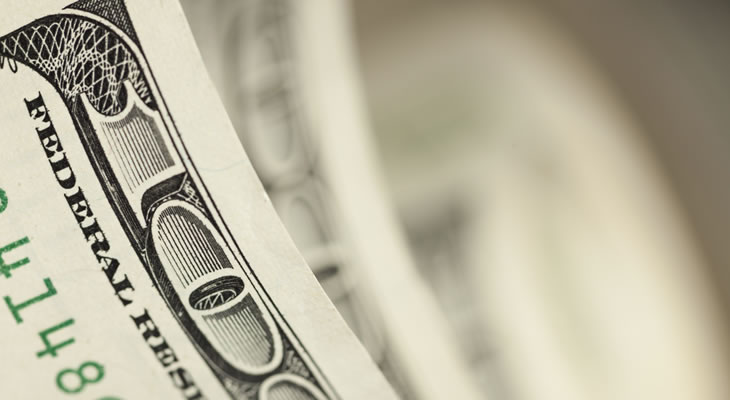Demand for the Pound surged on the back of comments from Bank of England (BoE) Governor Mark Carney, which markets interpreted as offering support for tighter monetary policy.
Investors were quick to price in higher odds of the BoE raising interest rates before the end of the year, even though Carney’s comments were not of a particularly hawkish nature.
This prompted the Pound US Dollar exchange rate to strengthen markedly, climbing back to levels not seen since the results of the snap general election became clear.
However, as the BoE still seems unlikely to return to a tightening bias in the near future Sterling may struggle to hold onto its recent gains for long.
If markets realise that Carney was most likely jawboning in order to drive up GBP exchange rates, rather than indicating any real shift towards hawkishness, this could see the Pound slump sharply.
Confidence in Sterling could come under pressure if June’s GfK consumer confidence survey points towards a continued decline in domestic sentiment.
Given that high levels of consumer spending have helped to bolster the UK economy in the wake of the Brexit vote a weaker showing here could exacerbate concerns over the domestic outlook.
Volatility is also likely in response to the latest net consumer credit and mortgage approvals figures, particularly after the BoE warned that heightened borrowing is a potential cause for concern.
Weakening US Inflation Could Extend US Dollar Losses
US data has remained largely mixed in recent days, limiting the impact of a better-than-expected narrowing of the advance goods trade deficit.
Signs from the domestic housing market continued to point towards a slowdown, undermining bets that the Federal Reserve will pursue a more aggressive pace of monetary tightening.
As a result the US Dollar has come under an increased downside bias, as analysts at BBH noted:
‘Growth has disappointed, and price pressures have subsided. The Fed’s targeted measure, the deflator for personal consumption expenditures, excluding food and energy, drifted lower in the February through April period. The core measure of CPI has fallen for five months through May. This has left investors unconvinced that a September rate hike is particularly likely.’
The GBP USD exchange rate could make further gains if May’s personal consumption expenditure core report shows a moderation in inflationary pressure.
A disappointing showing would further discourage Fed policymakers from pursuing another interest rate hike in 2017, limiting the appeal of the ‘Greenback’.
However, an upside surprise could encourage investors to pile back into the US Dollar, even if the general health of the US economy remains in question.


Comments are closed.